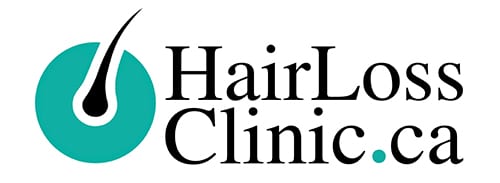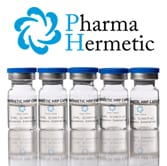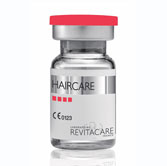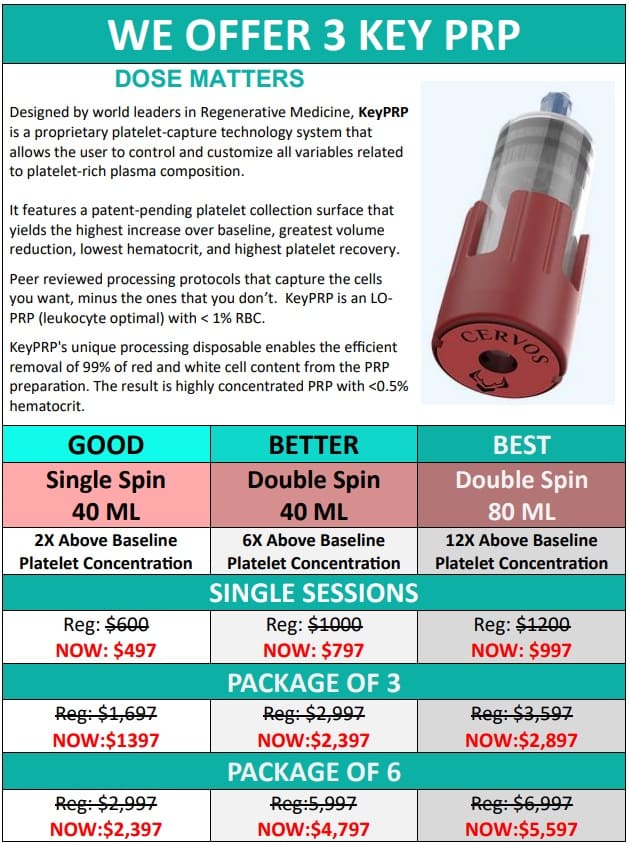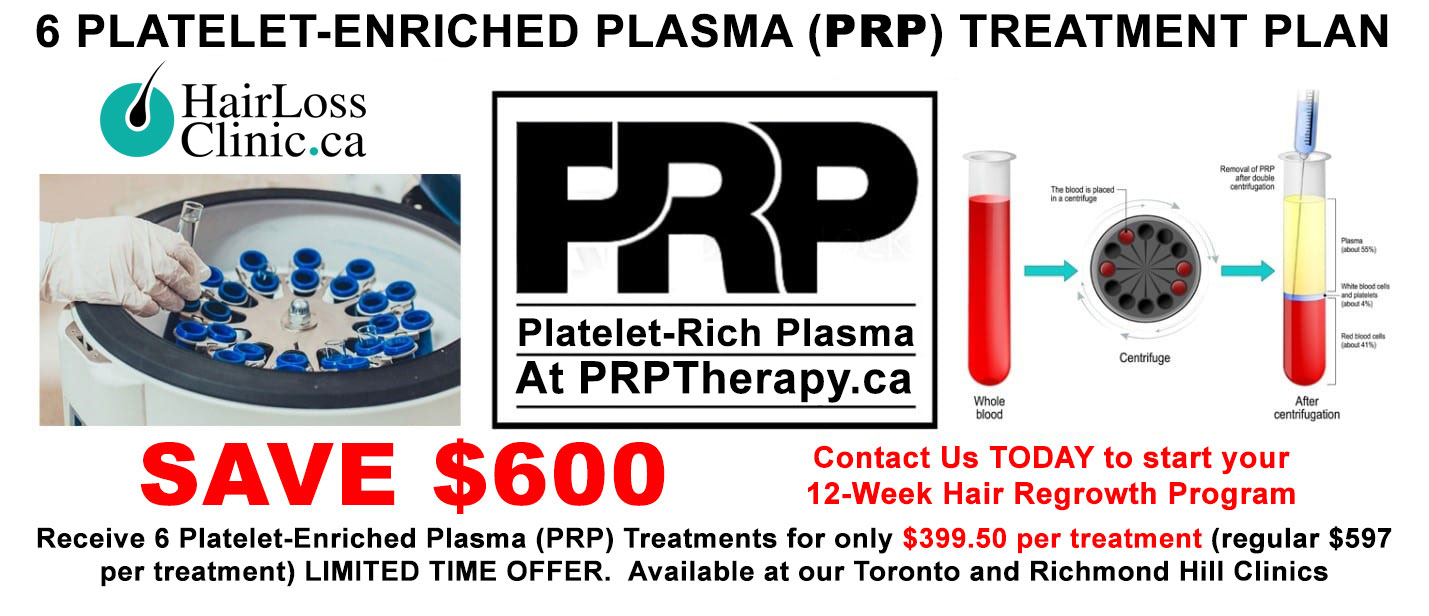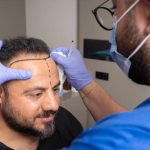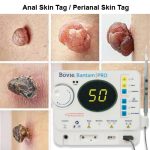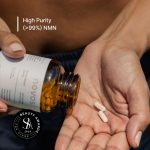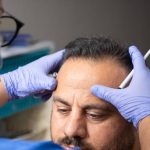

PRP HAIR TREATMENT, DOES IT WORK?
PRP hair treatment has been established as an effective approach for addressing androgenetic alopecia, commonly known as Male Pattern Hair Loss (MPHL) and Female Pattern Hair Loss (FPHL). Hair loss patients have experienced positive outcomes through in-clinic PRP therapy. These chronic hair loss conditions, affecting both men and women, involve progressive hair loss, with androgenic alopecia impacting as many as 80% of men and 40% of women.
PRP is an autologous preparation of platelets in concentrated plasma using your blood. The current methods by which PRP is prepared report 300-700% enrichment, with platelet concentrations increasing to more than 1,000,000 platelets/L.
Clinics began using PRP in dermatology after researchers found that high concentrations of platelets in plasma cells can promote hair growth by prolonging the growing phase of the hair cycle. In the PRP hair treatment procedure, your blood is harvested and spun in a centrifuge machine to separate the platelets and plasma. Using a micro-needling device, the hair loss area is applied with the plasma and massaged into the scalp. The tiny holes created with the micro-needling device easily absorb the serum into the skin. It usually takes a minimum of 3 months to see a visible improvement in your hair loss. Over time, most male and female clients can expect a 25% to 40% increase in hair that they have lost. PRP for hair loss works best if your alopecia occurs within five years. It is more challenging to wake up hair follicles that have been dormant for a long time.
A new study found a notable decrease in hair loss from the first to the fourth sessions. The average hair count rose from 71 to 93 hair follicular units, leading to an average gain of 22.09 follicular units per cm2.
PRP in Hair Loss Treatment: A Promising Solution For Hair Loss
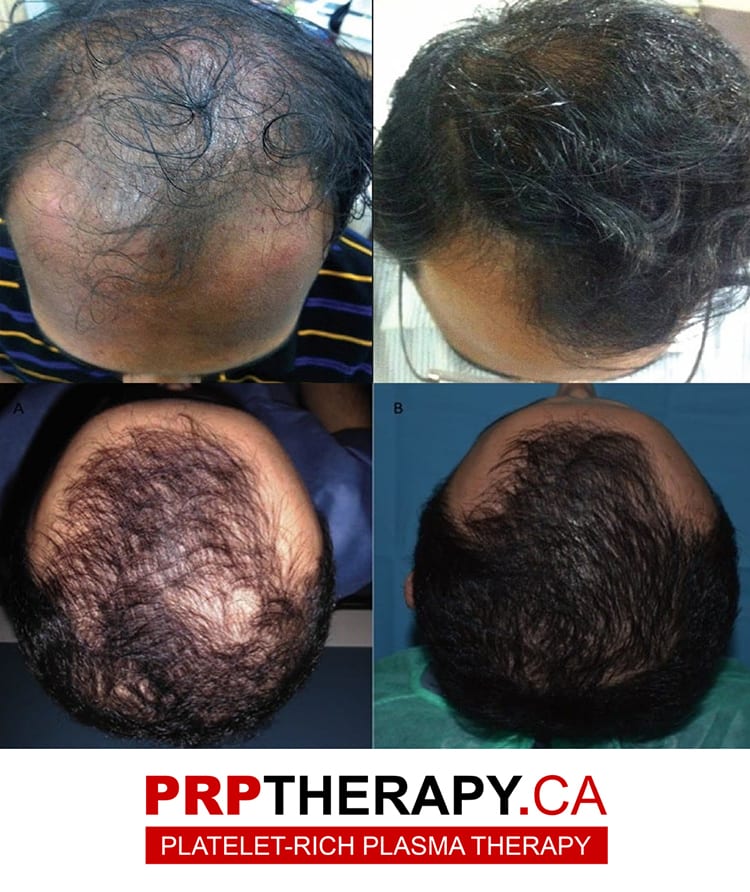
Book Your Free Consultation Today Or Call (647) 492-9093
NOT ALL PRP PREPARATION SYSTEMS ARE THE SAME
PRP hair treatment systems are not all the same, and it’s vital to understand that the excellence of PRP can exert a profound influence on its efficacy in regenerative medicine. Given the growing prevalence of PRP in diverse medical contexts, it is imperative to select the appropriate PRP system that offers the most advantageous circumstances for promoting healing.
When making a selection among PRP systems, several key factors should be taken into consideration:
Platelet Concentration: The density of platelets within a PRP preparation is a pivotal element in determining its effectiveness. Elevated platelet levels lead to the transportation of a greater number of growth factors to the treatment site, thereby facilitating vital processes such as recruiting stem cells, promoting angiogenesis (creating new blood vessels), fostering cell proliferation, and encouraging cellular differentiation.
System Technology and Dynamics: The technology used in PRP preparation systems plays a significant role in the quality of the final PRP product. Systems employing an automated double-spin process and platelet separation technology offer advantages in isolating and concentrating platelets effectively. This results in improved platelet capture efficiency and higher total platelet concentrations than single-spin systems.
WHO IS SUITABLE FOR PRP FOR ALOPECIA
PRP hair treatment can be suitable for both male and female individuals experiencing androgenic alopecia. It is a highly secure and productive solution for addressing hair loss concerns. Nevertheless, individuals with underlying health conditions like lupus or thyroid disease should refrain from pursuing PRP. Additionally, patients on blood thinners should also consider alternative treatments, as PRP may not be advisable in such cases.
PRP hair treatment is a simple, cost-effective treatment option for both men and women suffering from androgenic alopecia. If you are experiencing thinning hair, now is the time to act to help restore your hair and gain your confidence back.
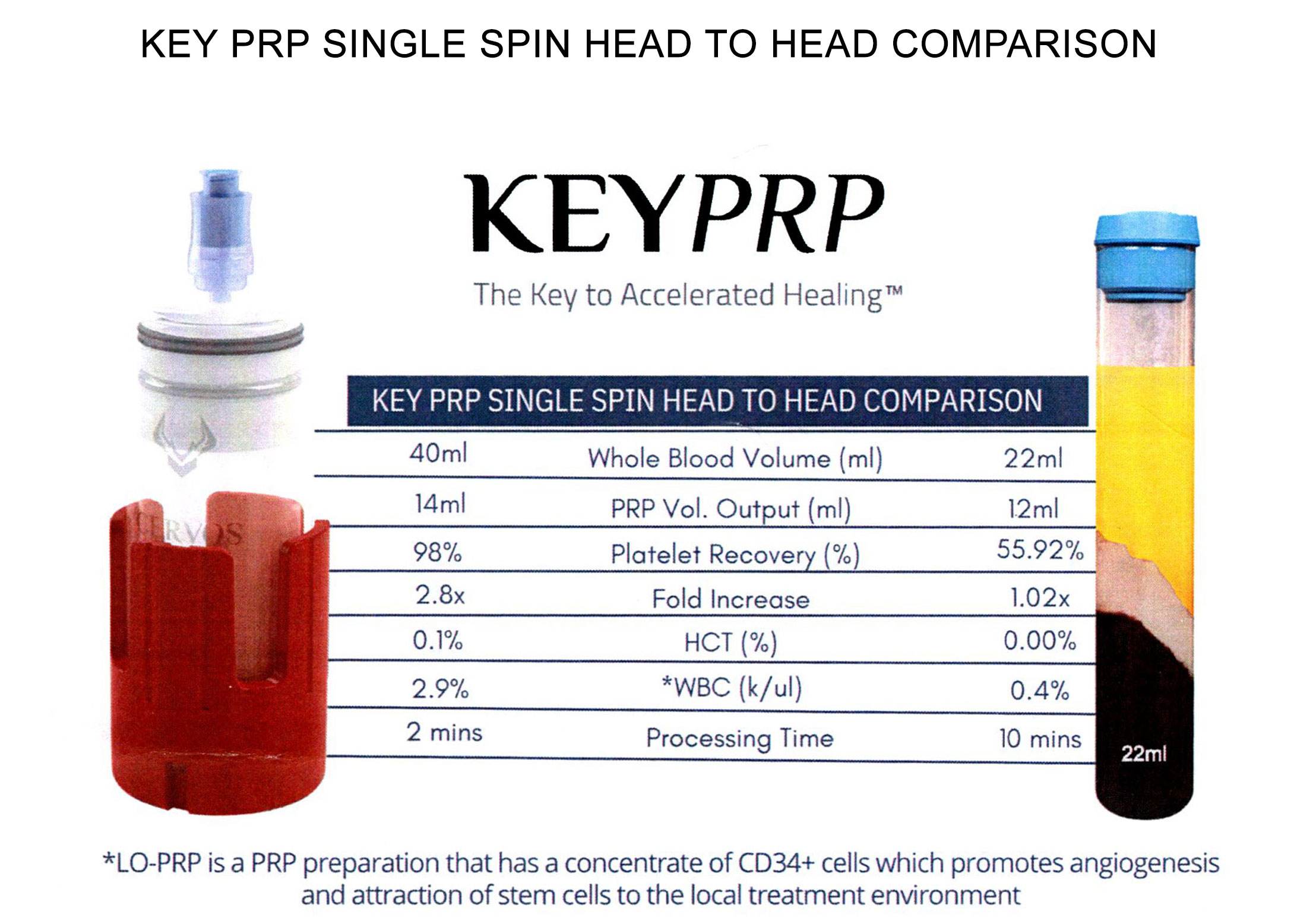
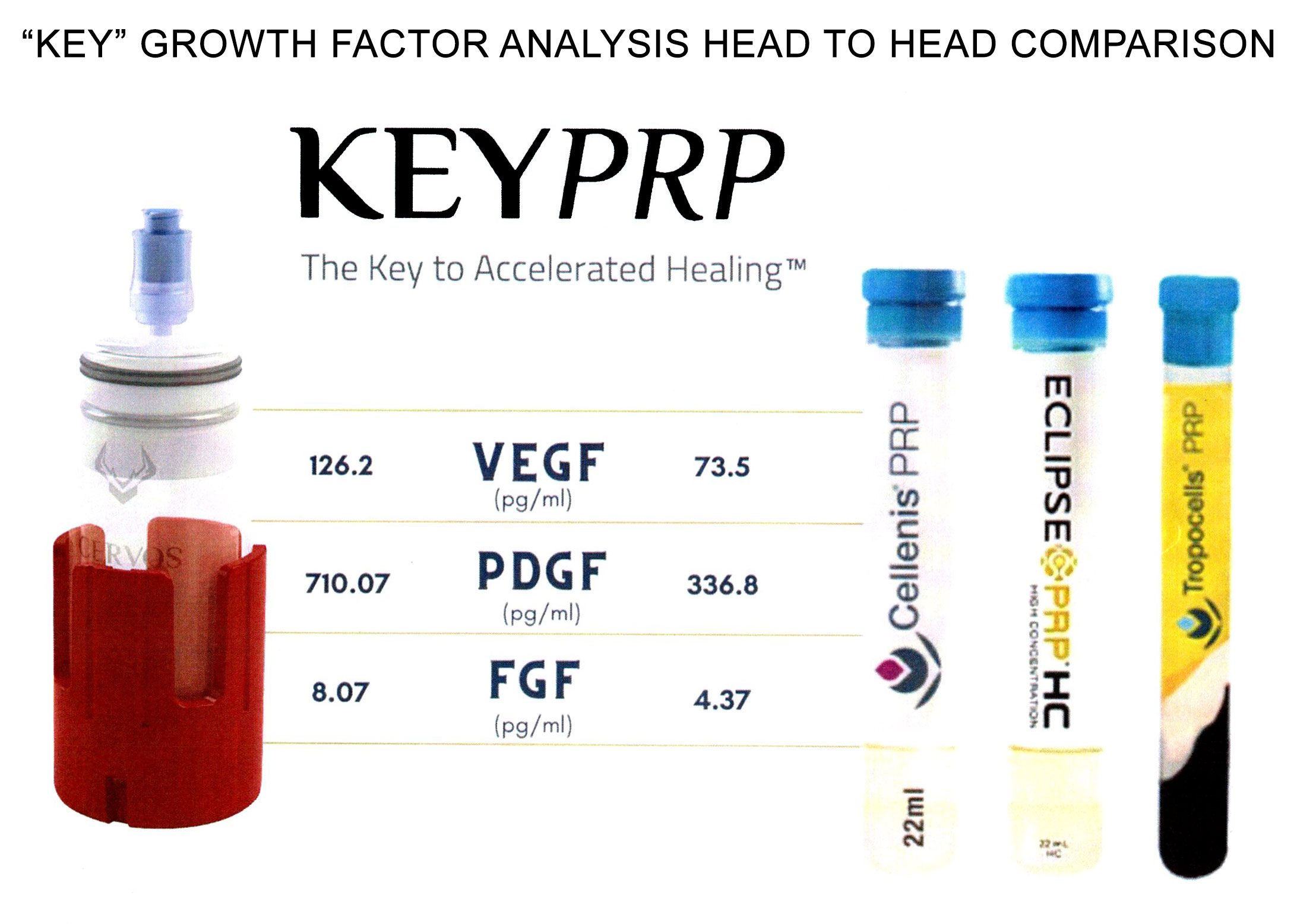
IS THE PRP HAIR TREATMENT PROCEDURE PAINFUL?
Our hair loss patients were pleasantly surprised that the treatment was not painful. The initial blood work may be unpleasant to some, but the PRP treatment is applied topically using a micro needling device and massaged into the scalp. There is no down time post treatment, and patients can return to their regular scheduled day afterwards. The whole procedure takes approximately 45 minutes for the blood work, centrifugation, and micro needling.

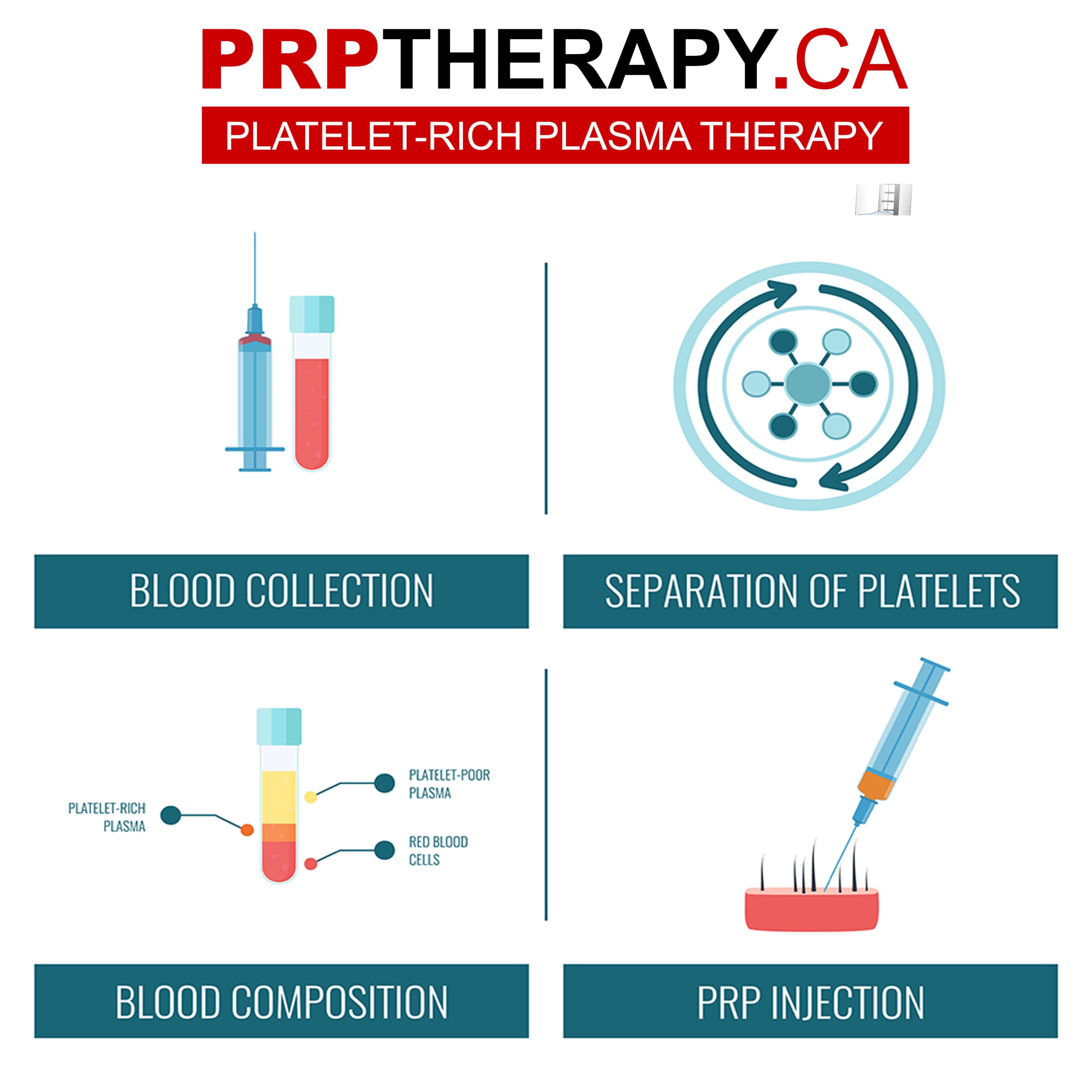
HOW MUCH IS THE PRP HAIR TREATMENT AND HOW OFTEN SHOULD IT BE PERFORMED?
At HairLossClinic.ca and PRPTherapy.ca, we’re excited to offer a special promotion for PRP hair treatment. We highly recommend our 12-week PRP hair treatment plan, which includes a total of 6 PRP sessions spaced every 2 weeks. By pre-paying for this comprehensive plan, you can enjoy substantial savings of $600. The regular price is $2997, but with our current promotion, you can avail of the 6 treatments for just $2397. We also offer flexible installment plans to suit your needs. For appointments, please don’t hesitate to reach out to us at 647-492-9093 or visit our websites https://HairLossClinic.ca and https://PRPtherapy.ca. Our clinics are conveniently located in Toronto, Mississauga, Brampton, Richmond Hill, and Winnipeg.
FREE ONLINE HAIR LOSS ASSESSMENT
TAKEAWAY
Doctors and healthcare practitioners routinely employ PRP hair treatment across different domains as a prevalent remedy for hair loss. PRP, an abbreviation for Platelet-rich plasma therapy, is a widely adopted technique in these fields. This therapy entails drawing a patient’s blood through a standard blood test and subsequently processing it to elevate the levels of platelets and growth factors, including platelet-derived and vascular endothelial growth factors.
The process involves several steps, including blood draws, PRP injections, and sessions promoting cell growth and wound healing. The main reasons for using PRP therapy in hair restoration are to repair inactive hair follicles, reverse hair loss, and encourage new hair growth for optimal results. PRP therapy has shown to be effective for male patients with male pattern baldness or people suffering from alopecia areata.
The high concentration of platelets and growth factors in PRP therapy has additional benefits beyond hair regrowth, including wound healing and increased blood supply. Board-certified dermatologists, plastic surgeons, and nurses are part of the team delivering PRP therapies. The use of PRP in sports medicine is also gaining popularity due to the relationship between PRP and the healing process.
However, it is important to note that PRP therapy may not be a stand-alone treatment for hair loss, and prescription medications and other hair loss treatments may help to achieve the best results. As with any medical treatment, there may be some mild side effects. Discuss PRP therapy with a medical professional to determine if it is the right solution for your hair loss and self-image.
Are you experiencing any hair loss or scalp issues? Get a Certified Trichologist to assess and help treat your condition in Toronto and Greater Toronto Area. Please complete our online Trichology Assessment Form to get started now.
PLATELET-RICH PLASMA FOR ANDROGENETIC ALOPECIA: A REVIEW OF THE LITERATURE AND PROPOSED TREATMENT PROTOCOL
Androgenic alopecia (AGA) is a hair loss condition that results from both genetic and hormonal factors, leading to progressive thinning of scalp hair in a patterned manner. AGA affects 45% of men and 35% of women by the age of 60. The current FDA-approved treatments for AGA include oral finasteride and topical minoxidil.
However, due to the limited number of effective therapies for AGA, platelet-rich plasma (PRP) has become a popular alternative treatment. Platelet-rich plasma is a plasma that has a high concentration of platelets that contains growth factors, which stimulate hair regeneration.
The growth factors in platelets act on stem cells in the hair follicles, promoting the development of new follicles and neovascularization. PRP has shown to be a promising treatment option for AGA, but standard protocols for PRP preparation and administration, as well as methods to evaluate results, are yet to be established.
This literature review aims to evaluate the effectiveness of PRP for AGA and discuss the various treatment protocols proposed.
Q&A
WHAT IS PRP hair treatment, AND HOW DOES IT WORK?
PRP hair treatment involves injecting a concentration of platelets from the patient’s blood into the scalp. Platelets contain growth factors promoting hair growth and stimulating hair follicles, potentially leading to thicker and healthier hair.
WHAT IS KEY PRP AND WHY DO YOU RECOMMEND IT?
Designed by world leaders in Regenerative Medicine, KeyPRP is a proprietary platelet-capture technology system that can produce highly concentrated platelet-rich plasma (PRP) with optimal cellular composition. PRP is a substance comprising platelets and growth factors capable of fostering the recovery and revitalization of impaired tissues.PRP can be used for various purposes, such as treating osteoarthritis, hair loss, skin rejuvenation, and more.
KEY PRP is recommended because it allows clinicians to customize the PRP preparation according to clinical use. For example, they can easily reduce the red and white blood cells from the PRP sample, which may have inflammatory or immunogenic effects. KEY PRP also has a unique processing disposable that enables the efficient removal of 99% of red and white cell content from the PRP preparation. This results in a higher concentration of platelets and growth factors, which may enhance the therapeutic outcomes.
what does 6x above baseline platelet concentration mean?
When someone refers to “6X above baseline platelet concentration,” they are indicating that the platelet concentration in a sample of Platelet-Rich Plasma (PRP) is six times higher than the normal or baseline platelet concentration found in an individual’s regular blood.
To provide a bit more context, let’s break it down:
- Baseline Platelet Concentration: This is the typical or usual concentration of platelets found in a person’s bloodstream when they are not undergoing any medical procedures. In a typical blood sample, the platelet count is expressed as a number per microliter (μL) of blood.
- 6X Above Baseline Platelet Concentration: When someone mentions “6X above baseline,” they are saying that the platelet concentration in the PRP sample is six times greater than what would typically be found in a regular blood sample from the same person. So, if the baseline platelet count is, for example, 100,000 platelets/μL, then “6X above baseline” would mean a PRP concentration of 600,000 platelets/μL.
In PRP hair treatment, the pursuit of an elevated platelet concentration is a key objective. This is primarily because it provides a richer source of growth factors and other biologically active substances, which are believed to have the potential to significantly improve the healing and tissue regeneration processes specific to PRP hair treatment. The exact concentration sought may vary based on the specific requirements of the hair restoration procedure and the desired treatment outcomes.
HOW IS PRP FOR HAIR LOSS PERFORMED?
The PRP procedure typically involves drawing small blood from the patient’s arm. The blood is then centrifuged to isolate the platelet-rich plasma from other constituents. The concentrated PRP is then injected into the scalp using fine needles in the areas experiencing hair loss or thinning.
WHAT ARE THE POTENTIAL BENEFITS OF PRP FOR HAIR LOSS?
PRP for hair loss is believed to stimulate dormant hair follicles, promote hair growth, improve hair thickness and density, and increase the overall quality of the existing hair. It also helps slow down the progression of hair loss and improves the success of hair transplant procedures.
IS PRP FOR HAIR LOSS A PAINFUL PROCEDURE?
Most patients typically handle the procedure without issues. Yet, a few might feel slight discomfort or a sensation akin to being pricked with a pin during the injections. Local anesthesia or numbing agents can be used to minimize any potential discomfort.
HOW MANY PRP SESSIONS ARE TYPICALLY NEEDED TO SEE RESULTS?
The quantity of PRP sessions needed may differ based on the individual and the extent of their hair loss. Generally, multiple sessions are recommended, usually spaced several weeks apart. Patients often start seeing noticeable results after three to six sessions, but optimal outcomes may take several months.
ARE THERE ANY SIDE EFFECTS OR RISKS ASSOCIATED WITH PRP FOR HAIR LOSS?
PRP treatment for hair loss is a secure procedure with a very low chance of negative side effects. Since it uses the patient’s blood, the potential for an allergic reaction or rejection is remarkably small. However, some temporary side effects can occur, such as mild scalp tenderness, redness, or swelling at the injection sites.
WHO IS A SUITABLE CANDIDATE FOR PRP FOR HAIR LOSS?
PRP treatment for hair loss is appropriate for both males and females experiencing androgenetic alopecia (pattern baldness). It is most effective in the early stages of hair loss or for individuals with thinning hair. Seeking guidance from a healthcare professional through a consultation can assist in evaluating whether PRP is a suitable treatment choice based on individual circumstances.
HOW LONG DO THE RESULTS OF PRP FOR HAIR LOSS LAST?
The duration of results can vary among individuals. Typically, maintenance sessions are recommended every six to twelve months to sustain the benefits. Consistency in follow-up treatments can help prolong the effects and continue promoting hair growth.
CAN PRP FOR HAIR LOSS BE COMBINED WITH OTHER HAIR LOSS TREATMENTS?
Combining PRP for hair loss with other treatments, such as topical medications, is a viable option (e.g., minoxidil), oral medications (e.g., finasteride), or hair transplant surgery. Combining therapies can enhance the overall effectiveness of the treatment and provide better outcomes.
Comments are closed.
